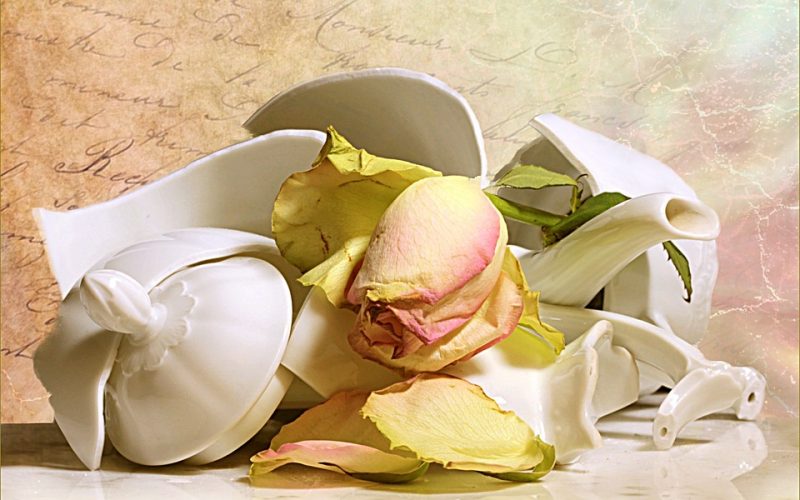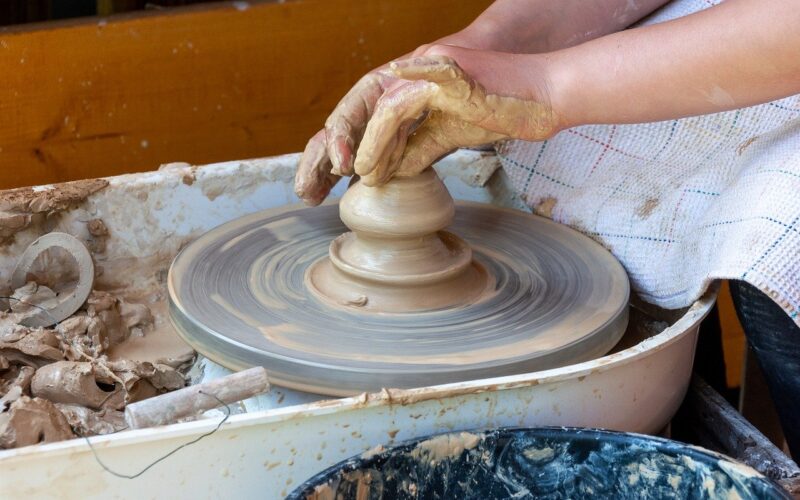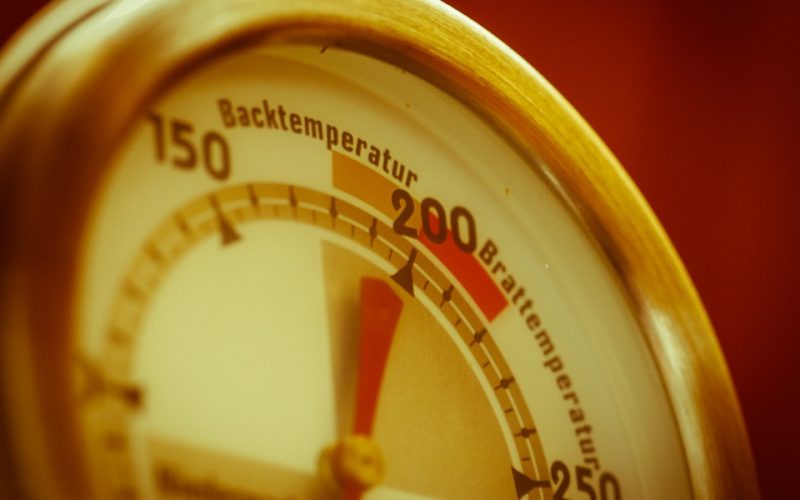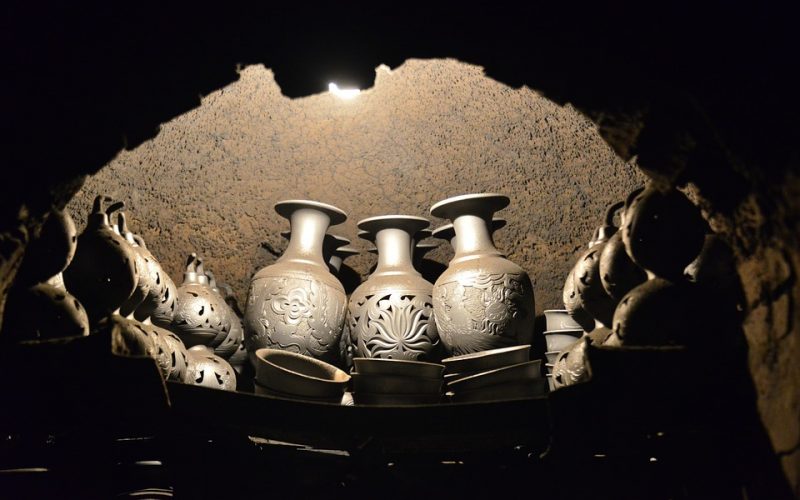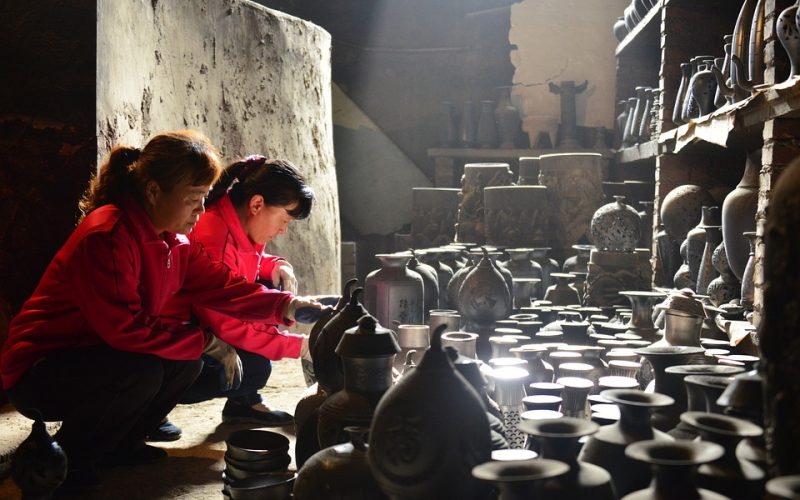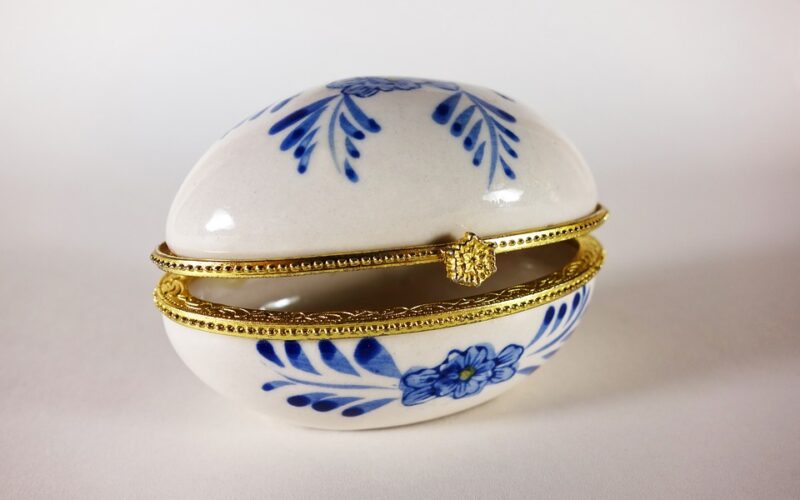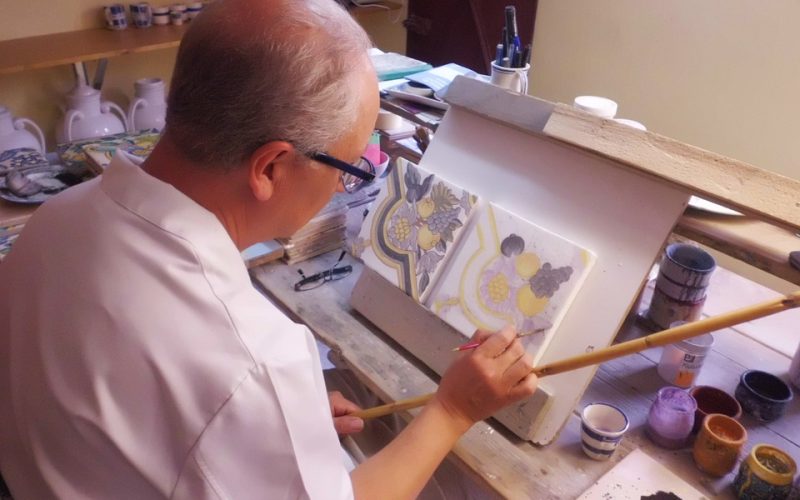Avoiding Damage in the Kiln
No matter the style of ceramic being fired, potters know that a piece must first survive being fired in a kiln to be decorated. Damage can occur in any kiln. Clay loses its water and shrinks up to 2% during the heating and cooling processes. Kiln operators have long known this fact and worked to preserve all pieces fired in their kilns. One of the ways they work to preserve pieces being fired in their kilns is to use a kiln wash.
Kiln wash is a combined material, and it is generally a mixture of silica sand and an alumina ingredient that helps even out the expansion properties of the silica. In specialized cases a flux is also added to the wash, but that is generally reserved for very high heat commercial kilns. Ceramic pottery does not require this type of heating and the flux contained within the clay itself will protect the piece being fired.
When pieces are being loaded onto the shelves of a kiln, the wash is placed on the shelf first. This allows for movement of the piece as it shrinks during the heating and cooling process. Extra wash can also be placed under a piece that has projections. The wash will not melt with the piece being fired as silica sand has an approximate melting temperature of 3700 degrees Fahrenheit and alumina does not melt until it reaches an even higher temperature. This allows the piece being fired to move sideways on the shelf with less chance of damage.
Not just any sand works in a high temperature kiln. Beach sand has too many impurities and those other ingredients may melt during firing. High quality sand, with little to no impurities, is necessary for a successful kiln wash mixture. It is available to kiln operators through commercial outlets and can be easily mixed for their preferred kiln wash recipe.
